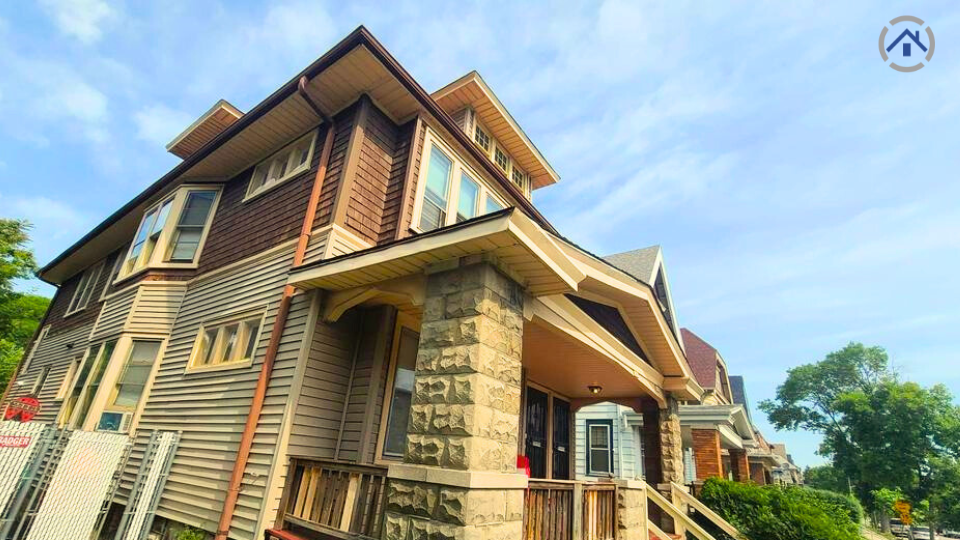
Introduction
The roof style you choose for your home plays a significant role in its overall aesthetics and determines its functionality, durability, and energy efficiency. With a wide range of roof styles available, deciding which one suits your needs best can be overwhelming. In this blog post, we will explore the 10 types of roof styles, highlighting their unique features and benefits to help you make an informed decision for your home.
The gable roof is a classic and popular style characterized by two sloping sides that meet at a ridge, forming a triangular shape. It offers cost-effectiveness, efficient water drainage, ample attic space, and compatibility with various architectural styles. The steep angle allows for easy snow shedding and the installation of solar panels. It's a timeless and visually appealing choice for homeowners and builders.

Key Features:
The hip roof boasts a visually pleasing and symmetrical design with slopes on all four sides that converge at a central ridge. This architectural style offers both aesthetic appeal and practical advantages. Its slanted sides provide excellent stability and resistance against strong winds, making it a popular choice in areas prone to hurricanes or high winds. The hip roof's sloping design also facilitates efficient water drainage, reducing the risk of leaks and water damage. Its timeless elegance and functional benefits make the hip roof a sought-after option for those seeking both style and reliability in their roofing choice.
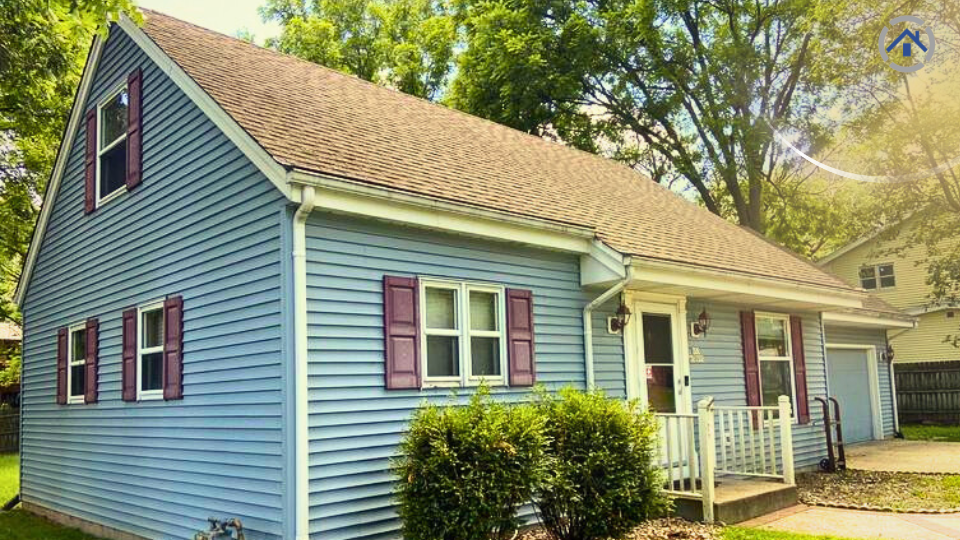
Key Features:
The mansard roof, renowned for its association with French architecture, features a distinct design that includes double slopes on all four sides, with the lower slope being steeper than the upper slope. This unique style offers both aesthetic charm and practical advantages. The steep, more downward slope allows for increased living or storage space within the attic, making it an excellent choice for maximizing usable square footage in a building.
Furthermore, the mansard roof's symmetrical appearance adds a touch of elegance to any structure, evoking a sense of timeless beauty and sophistication. Its combination of architectural appeal and functional versatility has made the mansard roof a beloved choice for those seeking a blend of style and practicality in their roofing selection.
Key Features:
The gambrel roof, frequently found adorning barns and farmhouses, showcases a distinctive design characterized by two distinct slopes on each side, with the lower slope being notably steeper than the upper slope. This architectural style seamlessly blends both aesthetic appeal and practical functionality. The steeper, more downward slope of the gambrel roof allows for ample headspace and increased storage capacity, making it an ideal choice for maximizing usable space within the attic or upper levels.
Its unique silhouette adds a touch of rustic charm and evokes a sense of traditional countryside aesthetics. The gambrel roof remains a beloved choice for those seeking a visually captivating and space-efficient roofing solution that harmonizes effortlessly with farmhouse and barn-style architecture, embodying heritage and functionality in one graceful structure.
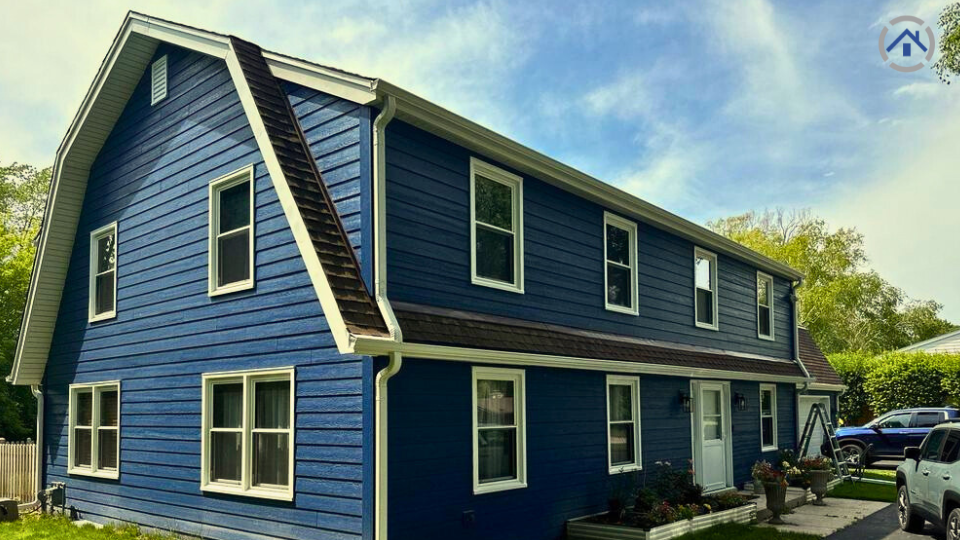
Key Features:
Flat roofs, characterized by their horizontal or nearly horizontal design, have become a staple of modern architecture, seamlessly blending functionality and contemporary aesthetics. While not truly flat, these roofs possess a slight pitch for efficient water drainage. Flat roofs offer numerous advantages, such as providing additional usable space for rooftop gardens, solar panels, or recreational areas, making them a versatile option for urban environments with limited land space.
Their clean lines and minimalist appeal contribute to a sleek and modern aesthetic, enhancing the overall architectural design. With their practicality and modern allure, flat roofs are a popular choice for those seeking a stylish and functional roofing solution that complements contemporary construction.
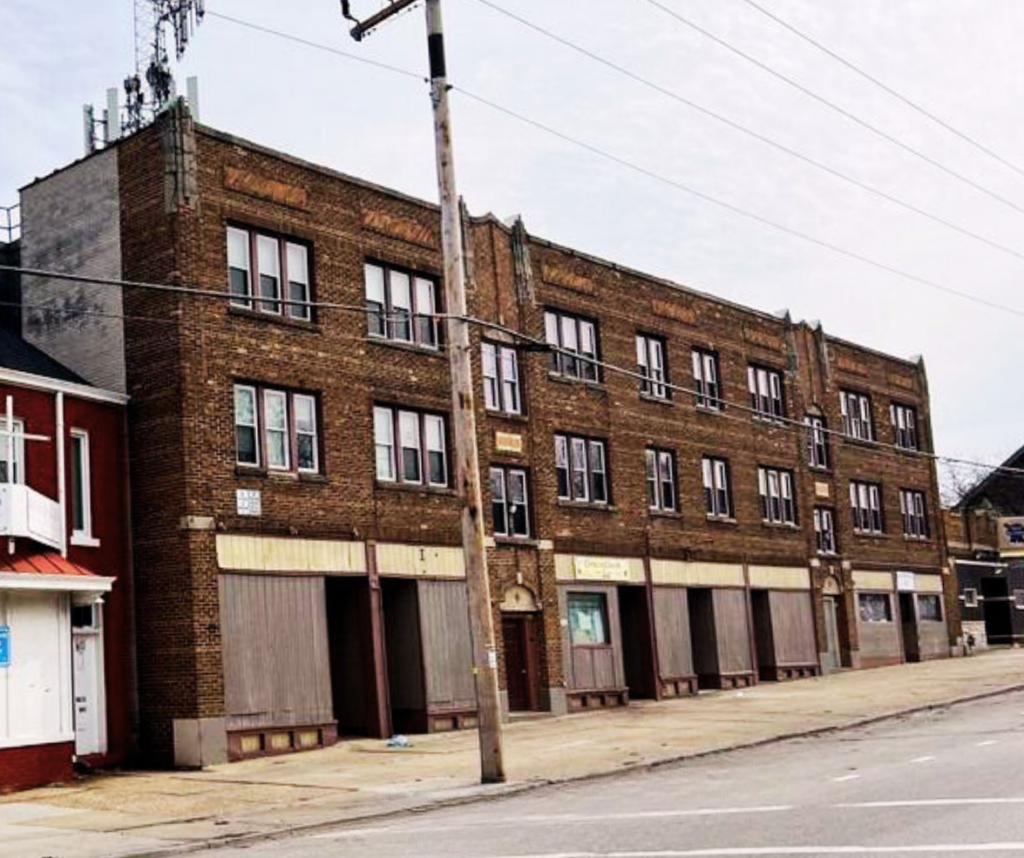
Key Features:
The butterfly roof stands out as a striking and contemporary architectural style, captivating with its remarkable resemblance to the graceful wings of a butterfly when seen from the side. This innovative roof design creates a visually compelling statement and offers functional advantages. The dual slopes of the butterfly roof channel rainwater towards a central trough, allowing for efficient water collection and potential rainwater harvesting.
The upward angles of the slopes create a sense of openness and spaciousness, allowing ample natural light to permeate the interior spaces. Additionally, the unique shape of the butterfly roof lends itself well to the integration of solar panels, maximizing the potential for harnessing sustainable energy. With its fusion of artistic allure and practical features, the butterfly roof is a testament to modern architectural ingenuity, captivating both the eye and the imagination.
Key Features:
The sawtooth roof showcases a distinct architectural style defined by a series of ridges with dual pitches, evoking the resemblance of a saw's teeth. This unique roof design offers a harmonious blend of aesthetic appeal and practical benefits. The alternating slopes of the sawtooth roof allow an abundance of natural light to flood the interior spaces, making it an ideal choice for buildings requiring ample daylight, such as factories or studios.
The multiple ridges provide an opportunity to install windows or skylights, enhancing the visual interest and ventilation within the structure. With its striking appearance and functional advantages, the sawtooth roof remains a captivating choice for those seeking a balance of architectural creativity and operational efficiency.
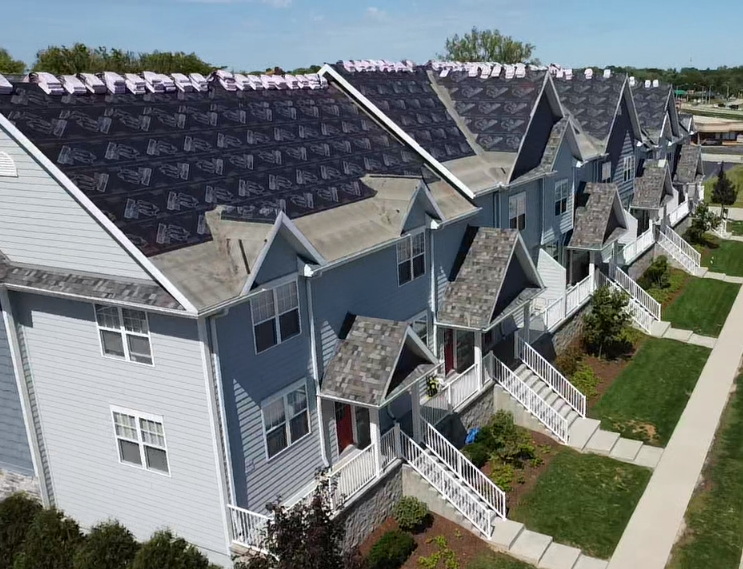
Key Features:
The saltbox roof, originating from traditional New England architecture, boasts a distinctive design that combines a long, sloping side with a shorter side featuring a roof. This classic roof style offers a charming blend of historical charm and practicality.
The extended slope of the saltbox roof provides enhanced protection against harsh weather conditions, while the gable end adds architectural interest and visual appeal. Its asymmetrical shape adds character to homes and allows additional living or storage space within the attic. The saltbox roof is a testament to timeless elegance and functional design, making it a beloved choice for those seeking a touch of New England tradition in their architectural aesthetic.
Key Features:
The jerkinhead roof, also called a clipped gable roof, seamlessly integrates elements from gable and hip roof designs, resulting in a distinctive architectural style. This roof type showcases gable ends with clipped corners, creating a visually appealing and unique look. The clipped corners soften the sharp angles of traditional gable roofs while retaining the charm and character associated with gable architecture. The jerkinhead roof offers stability, versatility, and aesthetic appeal.
It provides enhanced wind resistance and improved water runoff, making it a practical choice for areas with varying weather conditions. With its blend of gable and hip roof features, the jerkinhead roof is a captivating choice for those seeking a harmonious balance between classic and contemporary roof designs.

Key Features:
The skillion roof, also called a shed roof, presents a sleek and modern architectural style defined by a single-sloping roof surface. This roof design is typically connected to a taller wall or higher roofline, creating a striking visual contrast. The Skillion roof's simplicity and clean lines make it popular for contemporary and minimalist designs.
Its single slope offers practical benefits, such as efficient water runoff and the potential for easy installation of solar panels. The skillion roof is a testament to modern aesthetics and functional design, providing architectural elegance and practicality in a single, sloping structure.
Key Features:
Conclusion
Choosing the right roof style for your home is a crucial decision that impacts its visual appeal and functionality. The top 10 types of roof styles discussed in this blog post offer a range of options to suit different architectural styles and personal preferences. Consider factors such as climate, maintenance requirements, and the specific needs of your household when selecting the perfect roof style. Consult with roofing professionals and architects to ensure proper installation and maximize the benefits of your chosen roof style. With the right roof style, you can enhance your home's beauty, durability, and functionality for years to come.